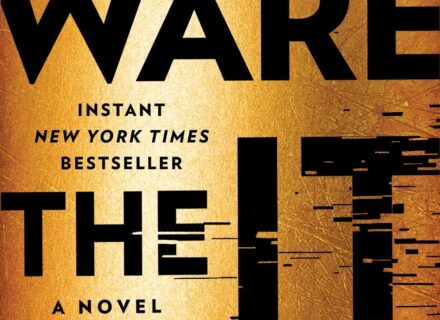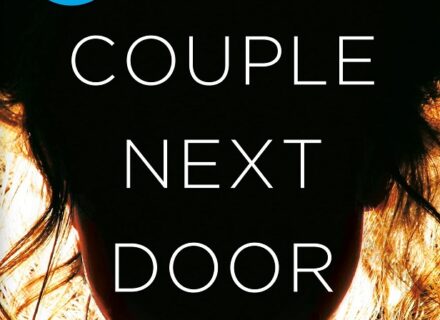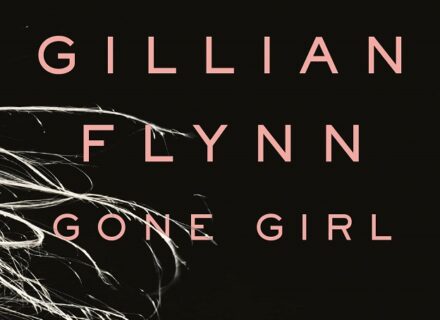A refreshing revision of Jane Eyre with an absolutely savage take on academic feminism. OUCH.
I’m not going to lie: it took me two distinct tries to get through this novel. One review I read calls the story “breezy.” Reader, it is not. But the story itself is really interesting: Patricia Park is playing with the Victorian orphan trope but giving it a double twist via international adoption and Korean-American culture. There are many allusions to Bronte’s novel: characters live on Thorn Street, Gates Street. The protagonist Jane Re nearly gets a job at “Lowood,” not a cholera-ridden school for poor girls but a finance company housed in one of the twin towers. Oh, yeah, it’s also a 9/11 story, but a kind of nonchalant one that reinforces the fact that 9/11 is the “olden times” for younger people, a mere plot device.
Eschewing the finance company Jane gets a gig as a live-in nanny for an academic couple with an adopted ethnic-Chinese daughter. Ed Farley, the Rochester character, is–I am not sure how to put this–defanged, made completely ineffectual in an amusing way–early in the novel. Unlike Bronte’s readers (my students *still* love Rochester!), Park’s readers can be very certain that he’s not the prize Jane thinks he is. Ed’s wife Beth Mazur (e.g. Bertha Mason) has a weird work space in the attic of their home where she writes her academic feminist essays with titles longer than this blog post. [Beth is SO annoying; her characterization obliges the rest of us white academic feminists to check our cringe factor.] Anyway, Jane leaves NY on 9/10 (just in time! phew!) and takes a trip to Korea where she meets her St. John. Where she ends up, though, at the end of the novel? is really lovely–like, Park gave us the ending for Jane Re that we all wished Jane Eyre had had.



